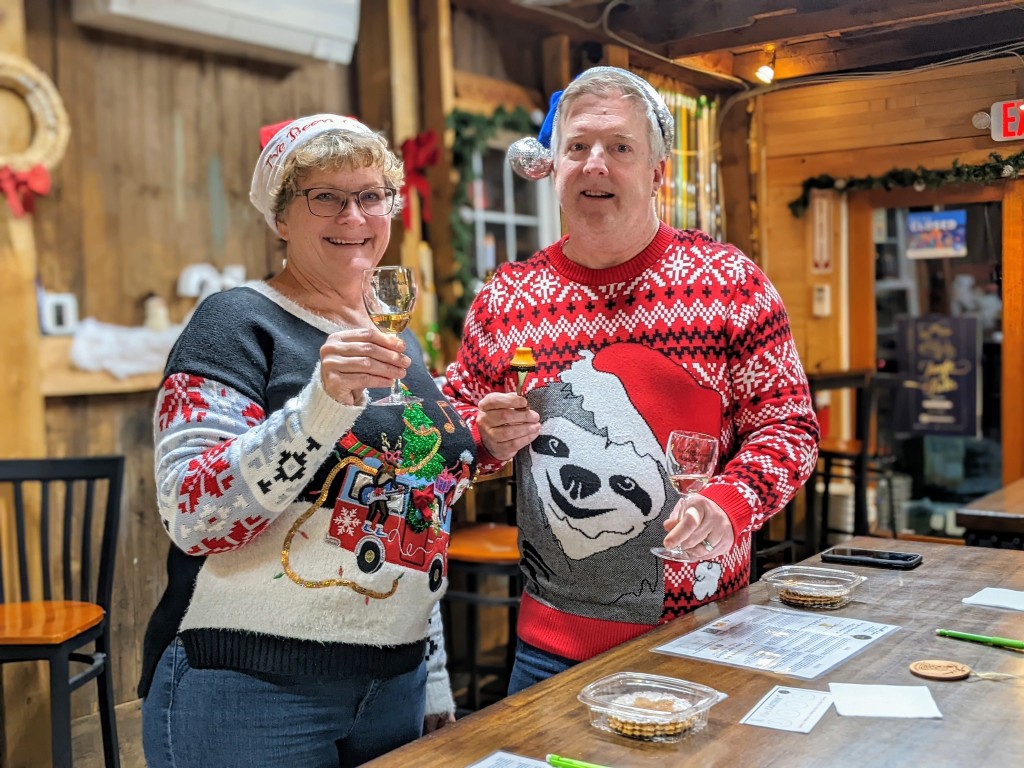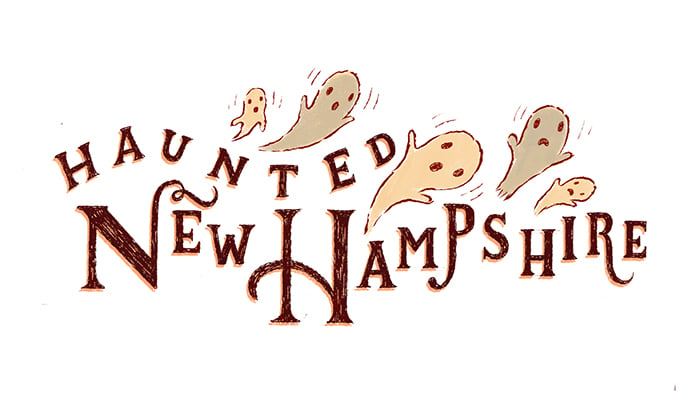Editor’s Note: My ‘General Store’ Was on The Corner
From the desk of NH Magazine's Editor, Mike Cote
 My favorite job in high school was working at Kimball Street Market in Manchester, where I stocked shelves, sliced meats, and loaded the milk and beer cooler. Back then, we stamped prices on cans with purple ink and had to know how to count change if we worked the register.
My favorite job in high school was working at Kimball Street Market in Manchester, where I stocked shelves, sliced meats, and loaded the milk and beer cooler. Back then, we stamped prices on cans with purple ink and had to know how to count change if we worked the register.
I doubt we sold real maple syrup since it was a lot more expensive than Log Cabin. Most of the store’s customers in the late ’70s and early ’80s lived in the Rock Rimmon housing project. The Provencher brothers sold essentials and carried enough of everything, just at higher prices than the big supermarkets that were out of reach if you didn’t own a car.
The corner store, like the dozens more scattered around the West Side and across the river on the east, served the same basic function as the general store in a small town. That’s where school kids could walk out with a pocketful of
candy and a pack of baseball cards; where a young mom could walk home with a half-gallon of milk and a loaf of bread.
They also served as community meeting places. Most of our customers were regulars, and some would stop by just to hang out and maybe grab one of the ham and cheese subs we made in the store. (They were skimpy but didn’t cost much.)
Kimball Street Market was replaced by a duplex decades ago. While many of the corner grocers in Manchester remain, precious few sell much more than beer, cigarettes and snacks, having evolved into convenience stores.
That’s why we love the general stores that remain in some small towns in New Hampshire, why they are so steeped in nostalgia. The ones that survive today have adapted to changing times and neighborhoods, carving out niches that appeal to tourists stopping to pick up a quart of maple syrup and locals pining for a fresh breakfast sandwich.
Most of the locations featured in our spotlight on general stores (page 62) were once the heartbeats of their towns, the earliest, the Old Country Store and Museum in Moultonborough, stretching back to 1781.
Back then, general stores were the hubs where people conducted their daily lives, where they shopped for groceries, clothing, tools, newspapers, gossip.
“If we don’t carry it, you don’t need it,” was the common credo of storekeepers.
In today’s general stores, you might not know you need it — “it” being smoked gouda from a local farm or a giant whoopie pie fresh from the oven — until you get there.









